
Hornby OO R30239 BR, Class 43 HST Train Pack - Era 7 - Includes Dummy Locomotive
$679.99
Description
Originally conceived as a cheaper, more reliable alternative to the Advanced Passenger Train in the early 1970s, the British Railways Board authorised the development of a prototype High Speed Diesel Train, with two locomotives designated as Class 41. These aerodynamic power cars were constructed by British Railways Engineering Ltd at their Crewe Works and emerged in June and August 1972, fitted with Paxman Valenta 12RP200L engines, developing 2,250 hp.
The power cars, having initially been numbered 41001 and 41002, were later given the coaching stock numbers 43000 and 43001 for operating trials on the Eastern Region and subsequent transfer to the Western Region. Following evaluation and a change of name to High Speed Train, British Rail placed orders for similar trains for use on the Western, Eastern, Scottish and London Midland Regions.
When originally built at BREL's Crewe Works, the InterCity 125 units were considered to be diesel multiple units and allocated as Class 253 to the Western Region and Class 254 for the Eastern Region. With the introduction of Trailer Guard Second (TGS) carriages, later power cars had no guard's equipment installed and by 1987 most power cars were simply classified as Driving Motor (DM), although they still had luggage van space, retaining a window by the luggage door on each side.
Following problems with the power cars and the operational ease of removing power cars to perform scheduled maintenance, unit formations were abandoned, resulting in the Class 43 locomotive prefix being adopted. The 197 Class 43 power cars produced between 1976 and 1982 were numbered 43002 to 43198 and are officially the fastest diesel units in the world. The units have an absolute maximum speed of 148mph (238kph), which is the current world diesel traction record, set on November 1, 1987.
In 1987, for trial purposes, eight of the Class 43s were converted for use as Driving Vehicles with the Class 89 and Class 91 locomotives. The power cars were fitted with buffers and Time Division Multiplex (TDM) equipment that allowed them to directly control the other locomotive. Following the delivery of British Rail's Mk 4 coaching stock, the TDM equipment was removed and the power cars reverted to their normal duties, retaining their buffers. During the late 1990s, twenty-five of the Class 43s were updated with Paxman 12VP185L engines in an attempt to reduce fuel consumption and emissions; however these proved to be less reliable in service than was hoped.
43042 entered service in early 1977, among the first of the class to be built. The locomotive would be assigned to the Western Region of BR and would be found hauling services around Bristol and South Wales, this would begin as part of an Class 253, before sets stopped being classified. In the modern day, the locomotive is owned by Great Western Railway and operates as part of one of its 'Castle' sets.
43043 outshopped in the BR blue and grey livery in April 1977, also assigned to the Western Region the locomotive would be part of a Class 253 set. After changing hands several times throughout the privatisation era, the locomotive is currently stored in the East Midlands Trains livery.
Upgraded for 2023, the Hornby Class 43 pack includes lights front and rear and well as motorised fans in the roof and a kinomatic coupling system. Fitted with a 5 pole motor and dual flywheels the motor car is all wheel drive. Both units are fitted with 21 pin DCC sockets and pre-fitted dual speakers which allow for the use of sound on DCC as well as offering greater control of the lights and fans.
Contents:
2x Locomotives (1x Motor & 1x Dummy)
Specifications
| Brand | Hornby |






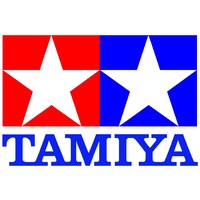



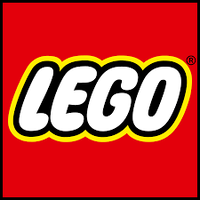
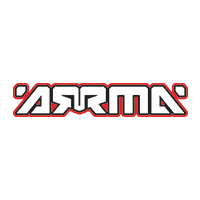
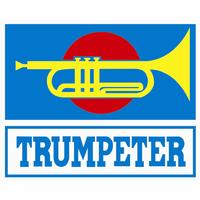

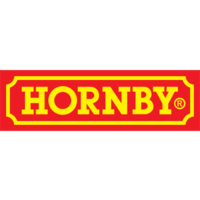
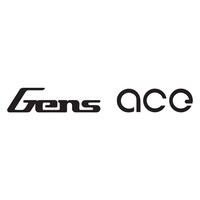
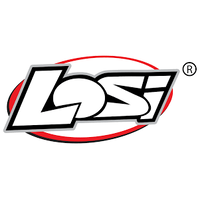
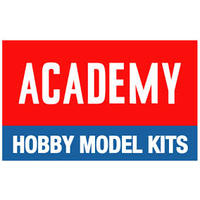
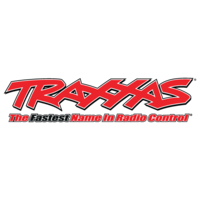




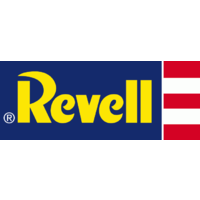
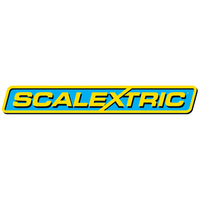
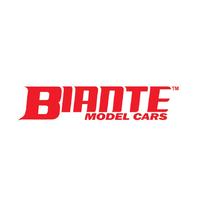
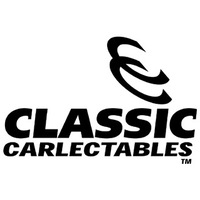

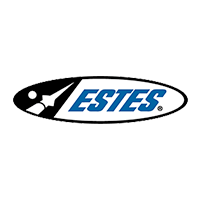
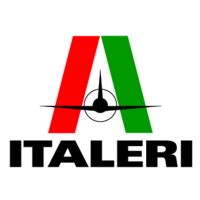

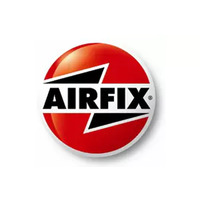
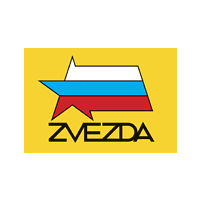
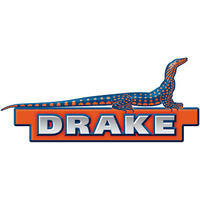

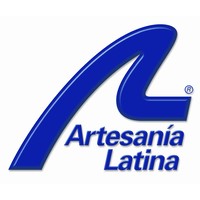


 Ships in 24 - 48 hours
Ships in 24 - 48 hours














